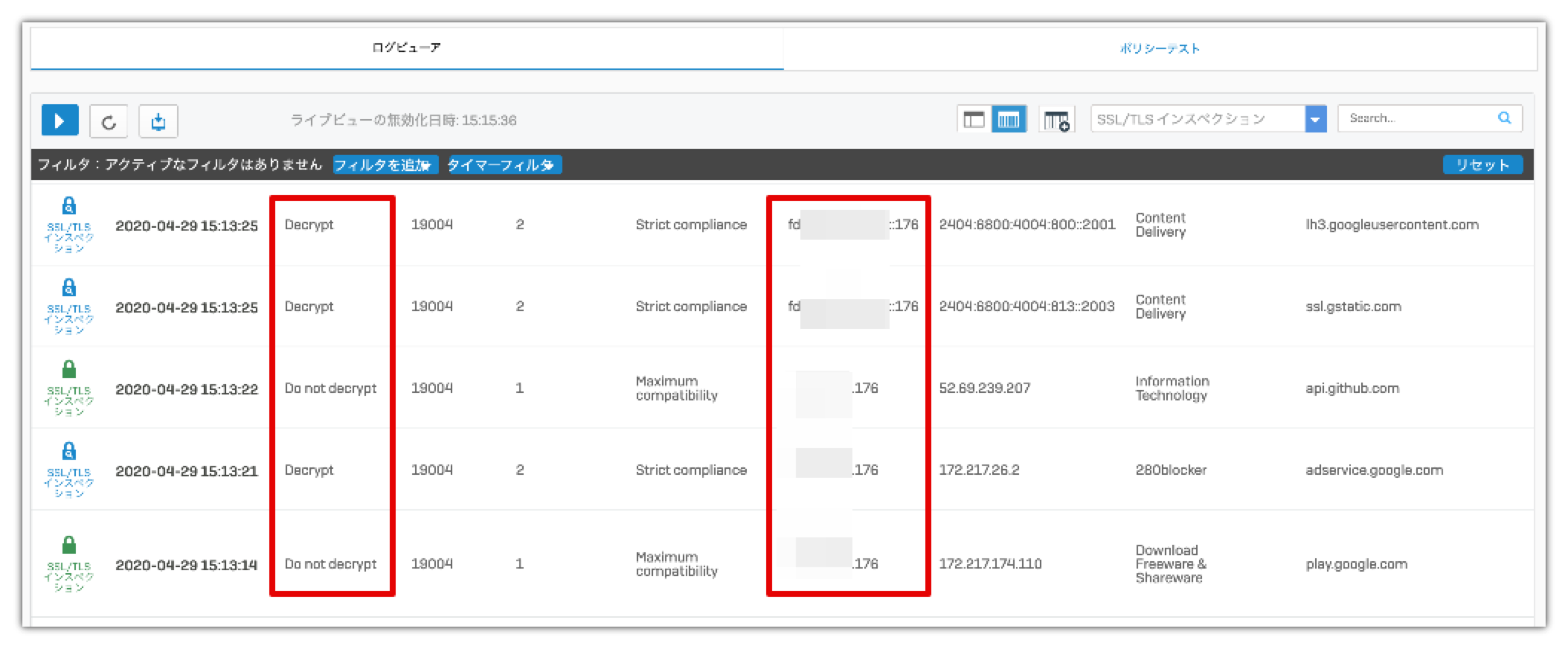IPv6 Feature Support for SFOS v16 December 2016 DocVersion-AHM Sophos is very committed to providing IPv6 support across all areas of XG Firewall. This document summarizes the features supporting IPv6 as of XG Firewall v16. We will continue to invest further in IPv6 for future releases and update this document accordingly. As use of IPv6 increases, security requirements evolve. Sophos has invested in capabilities in our endpoint products to restrict the use of IPv6 until you’re ready to use it. The switch to IPv6 may seem overwhelming, but take it step by step and make sure all your bases are covered. Sophos XG Firewall setup, anyone? April 16, 2021, 01:33:50 AM Welcome, Guest News: Welcome to Hurricane Electric's Tunnelbroker.net forums! IPv6 on Routing. Additionally, you can manage your XG Firewall devices centrally through Sophos Central. VPN A Virtual Private Network (VPN) is a tunnel that carries private network traffic from one endpoint to another over a public network such as the internet.

- Go to System services > High availability.
- Specify the initial HA device state.
- Specify the HA configuration mode for the cluster.Active–Active
The primary device receives all network traffic and load-balances the traffic using the auxiliary. Both the primary and auxiliary devices process traffic. The auxiliary takes over if a power, hardware, or software failure occurs on the primary. Active–Passive The primary device processes all network traffic and the auxiliary remains in stand-by mode. The auxiliary becomes active and takes over only in case of a power, hardware, or software failure on the primary. - Select Interactive mode.
- Assign a Cluster ID, if required.
A cluster is a pair of devices operating in HA. Devices in the same cluster must share the same cluster ID.
If you have multiple HA clusters, assign a different ID to each cluster.
- A Passphrase is generated automatically. You can also change the Passphrase manually.Note The devices in the cluster must have the same passphrase.
- Select a dedicated HA link.Dedicated HA link
The link to be monitored. Peers in an HA cluster continuously monitor the dedicated HA link and the interfaces configured to be monitored. Note The peer device must use the same HA link. Specify this port as the HA link port on the peer. For example, if you choose port E on the primary device, you must also choose port E on the auxiliary device.Note The IP address of the HA link for the peer device must be on the same subnet. - Select ports to be monitored for HA status.If any monitored port goes down, the device will leave the cluster and failover will take place.Note This feature is not supported in virtual security devices.
- Specify Peer administration settingsInterface
Port that is used for administration purposes on the auxiliary device. IPv4 address IPv4 address that provides access to the administration console of the auxiliary device. IPv6 address IPv6 address that provides access to the administration console of the auxiliary device. NoteYou can't enable HA if you turned on STP on a bridge interface.Note To access the peer administration IP address you must use a machine within the same LAN network, and the access must not be established through the primary device. - Specify the keepalive request interval in milliseconds. You can use a value from 250 to 500. Default is 250.
- Specify the number of keepalive attempts. You can use a value from 8 to 16. Default is 16.Note You can't set the keepalive interval and keepalive attempts for devices in standalone and fault modes.
- Select the checkbox if you want to use the hypervisor-assigned MAC address. This option is available only with virtual appliances.
This removes the need to turn on promiscuous mode on the vSwitch. Photoshop serial for mac cs5.
- Specify if the system should fallback to the primary device when it recovers.
In the event of failover, traffic will be routed through the auxiliary. If you want this to automatically move back to the primary device when it recovers, select this option. Capture screen video for mac os. Download firefox dmg for mac.
Note If the device is in standalone or fault mode, this functionality will not be supported. - Click Initiate HA.The primary device pushes its configuration to the auxiliary.
When HA is active, the devices will synchronize automatically. To force the device to push configuration updates to the auxiliary, click Sync auxiliary.
If you have configured the device for Active–Passive mode, you can force the auxiliary to take over as the primary device by clicking Switch to passive.
Overview:
- Sophos XG Firewall (SF) support four methods of IP tunneling to promote interoperability between IPv4 and IPv6 networks. IP Tunneling is a mechanism that encapsulates one network protocol as a payload for another network protocol; i.e. either an IPv6 packet is encapsulated into an IPv4 packet for communication between IPv6 enabled hosts/networks via an IPv4 network or vice-versa.
How to configure Sophos XG Firewall as a DDNS server:


- Go to Network > Dynamic DNS and click Add.
- Complete the following sections and then click Save:
- Hostname: Type the desired name. It must be <name>.myfirewall.co. Example: example.myfirewall.co
- Interface: Select the external interface.
- IPv4 Address: Select NATed Public IP.
- IP Edit Checking Interval: Set the interval of time between IP address checks/edits.
- Service Provider: Select Sophos from the drop-down menu.
Sophos Xg Ipv6 Without Nat
- You have now configured Sophos XG Firewall as a DDNS server.
- NOTE: This feature is not supported in High Availability mode.
Sophos Xg Ipv6 Router Advertisement
Sophos as the DDNS service provider
Sophos Xg Ipv6
- Sophos Firewall also supports the following DDNS service providers:
- DynDNS
- ZoneEdit
- EasyDNS
- DynAccess

Comments are closed.